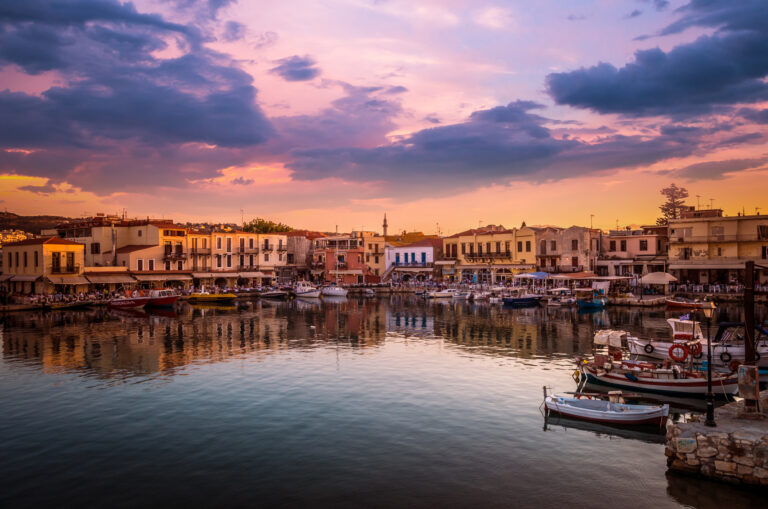The Enigma of the Toplou Monastery Code
The Enigma of the Toplou Monastery Code is a captivating aspect of Crete’s religious and historical legacy, intertwining elements of mystery, ancient language, and monastic tradition. Toplou Monastery, located in northeastern Crete, is a spiritual centre and a repository of historical and cultural treasures, including manuscripts that are believed to contain coded messages or secrets.
Background of Toplou Monastery
Historical Significance
In the 15th century, Toplou Monastery was a centre of Orthodox monasticism and a bastion of Cretan resistance against various conquerors, including the Venetians and Ottomans. It is a few kilometres east of Sitia.
Cultural and Religious Treasures.
The monastery is renowned for its rich collection of religious icons, manuscripts, and other ecclesiastical artefacts, some dating back several centuries.
The Mysterious Code
Nature of the Code
The code is believed to be in some of the monastery’s ancient manuscripts. These texts might hold historical records, religious writings, or other significant information written in a way that obscures their true meaning.

Speculations and Theories
There is much speculation about the content of these coded messages. Theories range from hidden historical knowledge and religious secrets to practical information about the monastery’s treasures or operations during turbulent times.
Attempts at Deciphering
Scholarly Interest
The coded manuscripts of Toplou Monastery have attracted the interest of linguists, historians, and codebreakers. Deciphering such texts requires linguistic expertise, historical knowledge, and cryptanalysis.
Challenges
The primary challenge in deciphering these manuscripts is an apparent reference or key. The code could be based on a unique system known only to the manuscript’s authors or a more complex form of encryption.
Cultural and Historical Implications
Insight into Monastic Life
Successfully deciphering the code could provide valuable insights into Crete’s monastic life and history, including how monasteries functioned as learning centres and cultural preservation.
Broader Historical Significance
The manuscripts could also hold broader historical significance, offering new perspectives on Cretan history and the island’s interactions with other cultures and empires.
Preservation and Access
Conservation Efforts
Preserving these ancient manuscripts is a priority. Efforts include protecting them from environmental damage and digitizing their content.
Access for Research
Providing access to researchers and cryptographers is crucial for the ongoing efforts to decipher the code. This involves balancing the need for preservation with the benefits of scholarly study.
Conclusion
The Enigma of the Toplou Monastery Code is a fascinating blend of historical, religious, and linguistic mystery. It exemplifies the rich cultural heritage of Crete and the island’s monastic traditions. Whether these codes get deciphered or remain a mystery, they underscore the depth and complexity of Crete’s historical narrative and the enduring allure of its monastic legacies.







